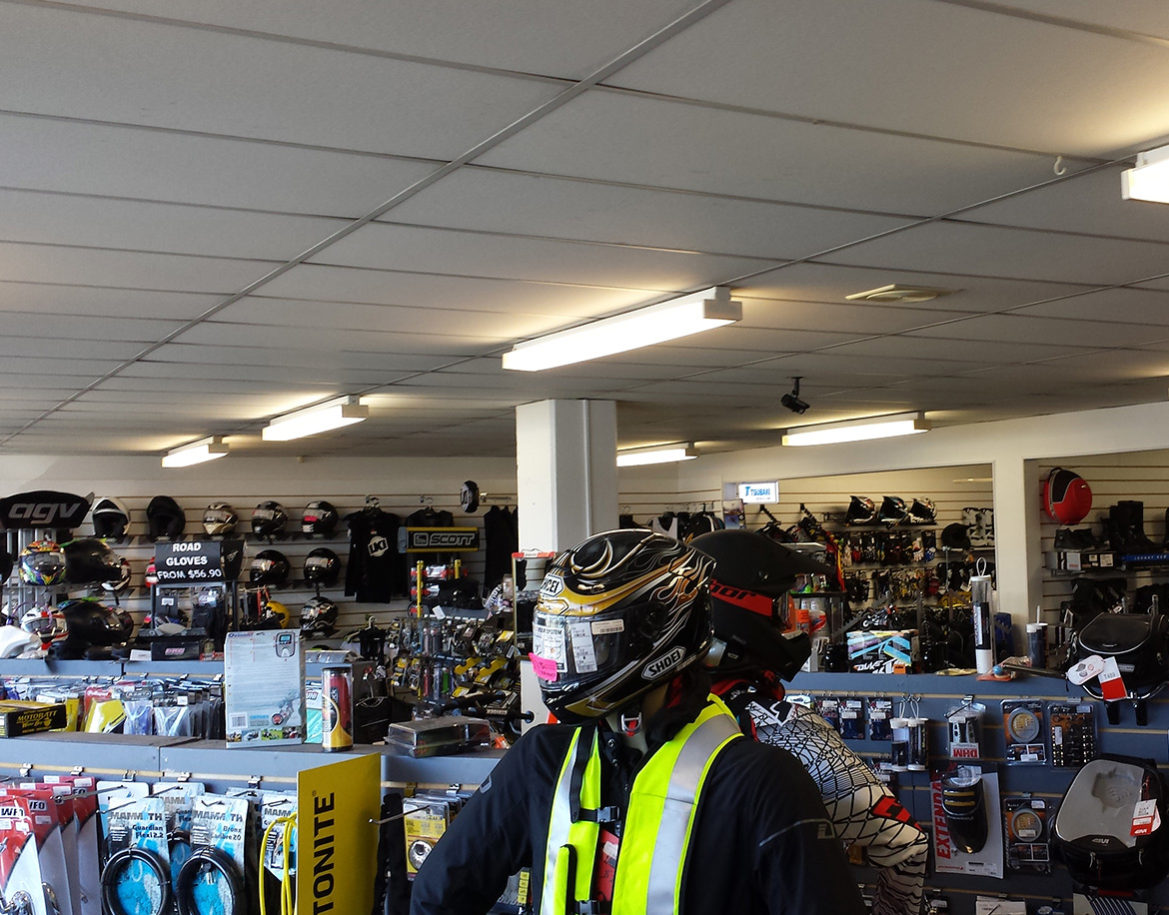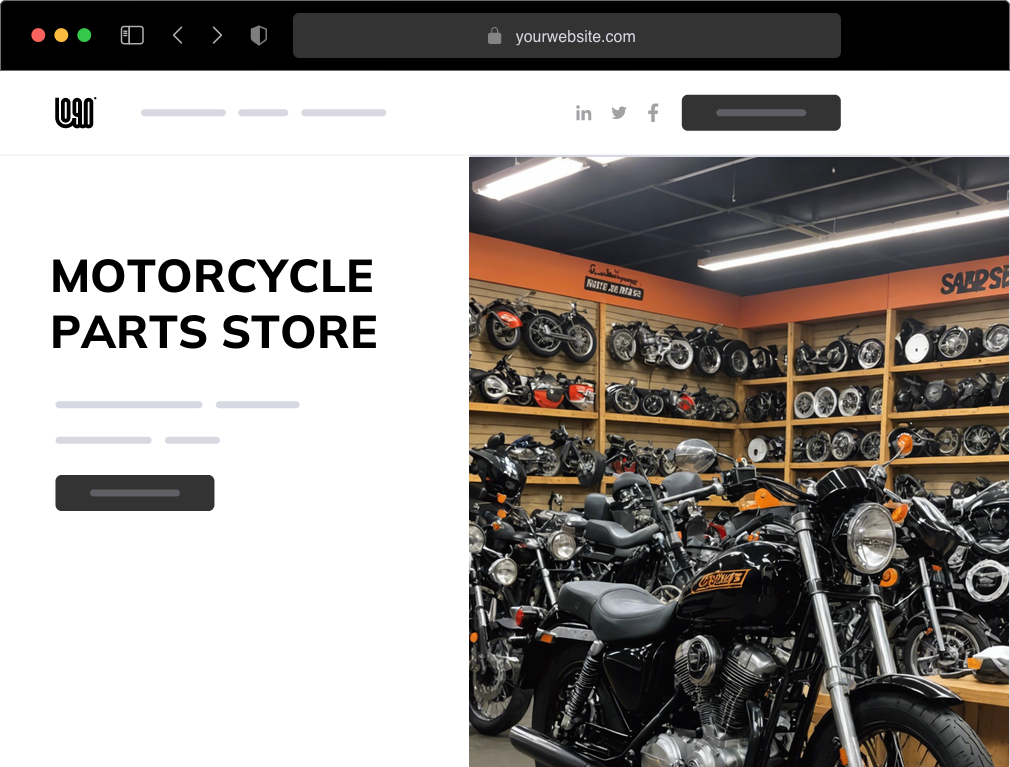Browse Through Our Motorcycle Shop for Professional Advice and High Quality Products
Browse Through Our Motorcycle Shop for Professional Advice and High Quality Products
Blog Article
Comprehending the Important Parts of a Motorbike: A Comprehensive Overview for Enthusiasts
For motorbike enthusiasts looking to elevate their riding experience and ensure their bikes run efficiently, understanding the vital parts of a bike is vital. Each aspect, from the engine's complex functions to the crucial duty of the stopping systems, not only influences efficiency however likewise safety and security and comfort. This overview will certainly walk with the fundamental parts that every biker must know with, enabling informed choices in both upkeep and possible upgrades. As we start this exploration, one must ask: how does each component connect to develop the seamless trip every enthusiast looks for?
Engine Parts

The camshaft plays an essential duty in managing the timing of the engine's shutoffs, ensuring the accurate opening and closing essential for reliable fuel and air intake, as well as exhaust expulsion. This timing is essential to preserving optimal engine efficiency and efficiency. In addition, the carburetor or fuel injection system, depending upon the motorbike design, is accountable for blending air with fuel in the right proportion for burning.
The cooling system, either air or liquid-based, functions to preserve the engine's temperature level within functional restrictions, stopping overheating and making sure long life - motorcycle shop. Each part, thoroughly made and incorporated, adds to the smooth procedure of the engine, defining the motorcycle's power output and overall efficiency
Transmission System
Indispensable to the bike's capability, the transmission system makes certain effective power transfer from the engine to the wheels. This system consists of numerous critical parts, consisting of the clutch, gearbox, and final drive, each playing a crucial role in translating the engine's power right into movement. The clutch, usually run by a hand bar, serves to engage and disengage the engine from the transmission, permitting smooth equipment adjustments and controlled acceleration.
The transmission, commonly described as the transmission appropriate, contains a set of equipments that riders can manually move with to change the bike's rate and torque result. These equipments are arranged in a series that allows the motorcycle to increase smoothly and keep optimal engine efficiency across numerous rates. A lot of motorcycles make use of a consecutive gearbox, requiring the cyclist to change equipments in an established order.
Braking Devices
While comprehending the transmission system is vital to taking advantage of a bike's power, just as crucial is the capacity to control and stop that power effectively, which is where braking systems enter play. Brakes are essential for security and efficiency, providing the motorcyclist with the needed control to browse various surfaces and problems. Generally, bikes include two sorts of stopping systems: disc brakes and drum brakes.
Disc brakes are more widespread in modern-day motorbikes as a result of their exceptional performance. They contain a brake disc, caliper, and pads. When triggered, the caliper presses the brake pads versus the rotating disc, transforming kinetic power into heat, consequently reducing the wheel. This system offers better warm dissipation, constant efficiency, and improved quiting power, specifically in damp problems.
Conversely, drum brakes, though much less usual, are still located in some motorcycles. They work by pushing brake shoes against the internal surface area of a drum connected to the wheel. While generally less effective in warm dissipation and stopping power, drum brakes are easier and a lot more affordable.
Recognizing these stopping systems' subtleties permits bikers to keep their bikes appropriately and value the engineering that makes sure secure and effective quiting.
Suspension and Steering
Suspension and guiding systems are read more essential components that substantially influence a motorcycle's handling and adventure convenience. The suspension system, including forks at the front and shock absorbers at the back, takes in roadway abnormalities, improving security and control. Front forks, typically telescopic or upside down, compress and rebound to minimize effects, while back shock absorbers preserve tire contact with the roadway, vital for traction and safety and security.
Steering, focused around the handlebars, attaches the biker to the motorbike's directional control. The steering head bearings ensure smooth procedure, enabling accurate maneuverability. Appropriate placement and maintenance of these bearings are vital for predictable steering action and lowering cyclist fatigue.
The suspension's adjustability is an additional critical facet; preload, damping, and rebound settings allow personalization to fit numerous riding problems and styles. This flexibility is important for maximizing performance, whether browsing city streets or taking on rugged routes. Developments like digital suspension systems supply real-time adjustments, boosting trip top quality across varied terrains.

Electrical Equipments
After ensuring a smooth and controlled adventure with reliable suspension and steering systems, interest transforms to the electric systems, a crucial aspect of modern motorcycles. These systems play a vital duty not just in beginning the engine yet additionally in powering various parts that improve the capability and safety and security of the bike.
At the heart of a bike's electric system is the battery, which shops electric power essential for beginning the engine and powering supporting systems - mx parts nz. The generator or generator, combined with the rectifier-regulator, makes certain the battery remains charged while the motorcycle is in operation, converting power into electrical energy and preserving voltage levels
The ignition system, one more essential component, is in charge of stiring up the air-fuel mixture in the engine's cylinders. Modern motorcycles usually use a digital ignition system, offering better effectiveness and dependability contrasted to standard systems.
Lighting systems, including fronts lights, tail lights, and indications, are also vital, making sure visibility and safety and security for the cyclist. Extra electronic parts such as sensors, control systems, and shows add to sophisticated attributes like gas injection monitoring, anti-lock stopping systems (ABDOMINAL MUSCLE), and digital look at this web-site dashboards, better improving the riding experience.
Conclusion
A thorough comprehension of a bike's vital parts, including the engine, transmission system, stopping devices, suspension, steering, and electrical systems, is vital for enthusiasts aiming to enhance efficiency, comfort, and safety. Mastery of these elements enables notified choices pertaining to upkeep and upgrades, ultimately enhancing the riding experience. By integrating this understanding, motorcyclists can guarantee their bikes run at peak efficiency and reliability, thus maximizing both enjoyment and longevity of their cars.
For motorbike lovers looking to raise motorcycle shop their riding experience and guarantee their bikes run smoothly, understanding the crucial components of a motorcycle is extremely important.Essential to the bike's functionality, the transmission system guarantees effective power transfer from the engine to the wheels.While understanding the transmission system is crucial to taking advantage of a motorbike's power, equally crucial is the ability to control and quit that power properly, which is where stopping systems come into play. Usually, motorbikes feature 2 types of braking systems: disc brakes and drum brakes.
A complete comprehension of a motorcycle's essential parts, consisting of the engine, transmission system, braking mechanisms, suspension, guiding, and electrical systems, is essential for enthusiasts intending to enhance convenience, security, and efficiency.
Report this page